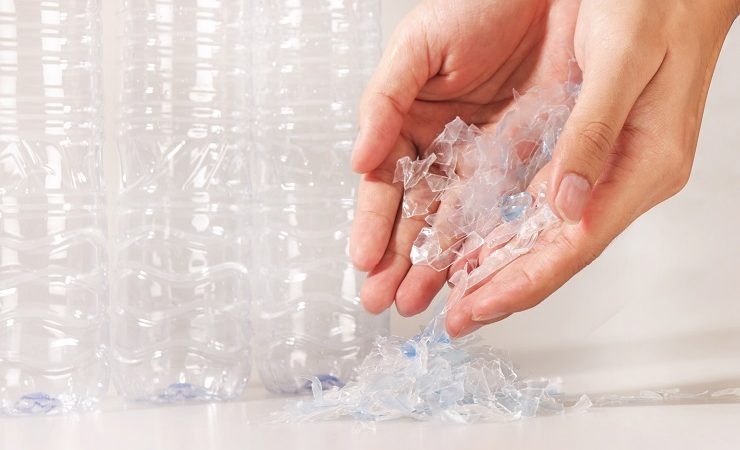Herma has developed a new adhesive for PET bottles which facilitates the removal and separation of the label from the bottle, improving recyclability.
The new adhesive, 52W, ensures not only that the labels are reliably washed off the bottles without leaving any residue, but also that any tackiness which would allow the labels to stick after washing is removed.
Herma’s adhesive 52W has now been approved by the Norwegian collection scheme Infinitum and added to the list of recommended adhesives by the Swedish equivalent Returpack.
Both the approval and the recommendation concern the adhesive in combination with the label materials Herma PP white super tc (grade 881) and Herma PP 50 transparent super tc (grade 886).
‘52W enables us to ensure that label particles cannot regain their stickiness during drying and then become attached again to the washed PET flakes. In the context of separation for recycling, this is a key requirement of the Norwegian and Swedish recycling regulations. The PET flakes can therefore be separated from the labels, ready for recovery and conversion, using either the sink-float or air classification technique,’ explained Herma’s head of development Ulli Nägele. ‘Practical tests have shown a similar behaviour with our adhesive 62Rpw, which we unveiled back in 2019. Grade 52W now enables us to comply with the requirement even with a washing temperature as low as 65 degrees Celsius. Often in other countries a temperature of 80 degrees Celsius is the norm. Our development team was put to the test again, but prior experience in this field enabled us to deliver results quickly.’
Scandinavian countries rank among the driving forces in PET bottle recycling. In Sweden, for example, around 90% of used plastic bottles are already being recycled, and the corresponding figure for Norway is said to be greater than 95%. These high rates are all the more significant given that classic re-use schemes for plastic and glass bottles play a much less significant role there than in Germany, for instance.
‘In addition, adhesive labels are traditionally more widely used for PET bottles in Scandinavia than they are here. For this reason, absolute process reliability is essential,’ insisted Dr Nägele. To allow new PET bottles to be produced from as much recycled material as possible, clean recovery of the PET flakes is a must. According to a study conducted back in 2017 by the Institute for Energy and Environmental Research (Ifeu), ‘PET is the only plastic which, even as a post-consumer material, can be converted by appropriate recycling methods into recovered pellets that meet the statutory requirements governing direct food contact,’ he concluded.



